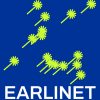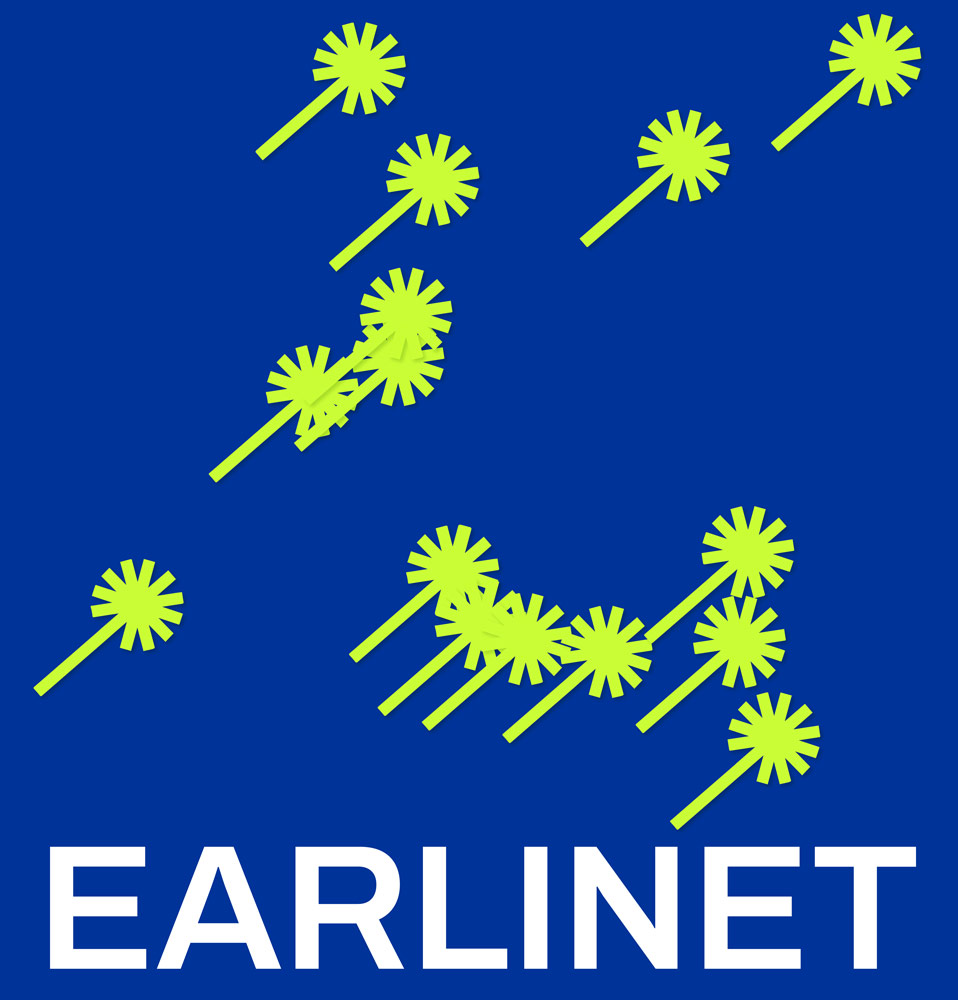About us
EARLINET History
EARLINET history starts with a first workshop, held on May 3-4, 1999, at the Max-Planck-Institut für Meteorologie (MPI-M) in Hamburg, addressed to discuss and outline a proposal to establish an aerosol lidar network in Europe: 12 scientists representing 12 institutions from 7 countries were present, whereas 5 representatives of other institutions from 4 additional countries were not able to attend, but strongly supporting the idea. After the workshop, a second version of a proposal to submit to the EU was drafted by Jens Bösenberg (MPI-M). EARLINET was officially established in 2000, as a research project funded by the European Commission, within the 5th Framework Programme.
After the end of this 3-year project, the network activity continued, based on a voluntary association, according to the EARLINET Constitution and Bylaws (EARLINET General Assembly in Matera, 2004).
The network activity continued successfully and in 2006 the 5-year EC Project EARLINET-ASOS (Advanced Sustainable Observation System) started on the basis of the EARLINET infrastructure.
In 2011, a new season began for EARLINET. It was integrated in the FP7 EU research infrastructure project ACTRIS (Aerosol, Clouds, and Trace gases Research InfraStructure Network), with the aim to integrate several atmospheric science communities in Europe into one coherent RI. From this date, the history of EARLINET has been strictly related to ACTRIS history, as a result of a long path, traced by the ESFRI Roadmap since 2016, made of long-term collaborations within the atmospheric science community sustained by a series of INFRA projects that started in 2000.
EARLINET Council
The council includes 5 members that are elected for 3 years.
Holger Baars, TROPOS, Germany (Chair)
Eleni Marinou, NOA, Greece
Lucia Mona, CNR-IMAA, Italy
Doina Nicolae, INOE, Romania
Michael Sicard, LACy, France
EARLINET community
The EARLINET Constitution and By Laws
EARLINET members are obliged to follow the constitution and by-laws.You can download the constitution here and the by-laws.
articles earlinet final.pdf
Institutional members
EARLINET institutional members are obliged to follow the rules as defined in the EARLINET constitution. This includes (among others) the performance of regular measurements and regular quality assessment.
| Principal Investigator | Participating Institution |
| Aldo Amodeo | Consiglio Nazionale delle Ricerche – Istituto di Metodologie per l’Analisi Ambientale, Potenza, Italy |
| Lucas Alados-Arboledas | Andalusian Institute for Earth System Research, University of Granada (IISTA-CEAMA), Granada, Spain |
| Arnoud Apituley | KNMI – Royal Netherlands Meteorological Institute, De Bilt, The Netherlands |
| Dimitris Balis | Aristotle University of Thessaloniki, Thessaloniki, Greece |
| Daniele Bortoli | Institute for Earth Sciences (ICT-Instituto de Ciencias da Terra), Portugal |
| Anatoli Chaikovsky | B.I. Stepanov Institute of Physics, Minsk, Belarus |
| Adolfo Comeron | Universitat Politecnica de Catalunya, Barcelona, Spain |
| Christine Böckmann | Zentrum für Dynamik komplexer Systeme, Universität Potsdam, Potsdam, Germany |
| Michael Gausa | ALOMAR / Andøya Space Center, Andøya, Norway |
| Diofantos G. Hadjimitsis | Cyprus University of Technology (CUT), Limassol, Cyprus |
| Renaud Matthey | MeteoSwiss Aerological Station, Payerne (EPFL), Switzerland |
| Christophe Pietras | Centre National de la Recherche Scientifique – Institut Pierre Simon Laplace, Paris, France |
| Mika Kommpula | Finnish Meteorological Institute (FMI), Atmospheric Research Centre of Eastern Finland, Kuopio, Finland |
| Ina Mattis | DWD Meteorological Observatory Hohenpeissenberg, Hohenpeissenberg, Germany |
| Patrick Freville | Observatoire de Physique du Globe de Clermont-Ferrand (OPGC), Clermont-Ferrand, France |
| Detlef Mueller | University of Hertfordshire, Hatfield, United Kingdom |
| Doina Nicolae | National Institute of R&D for optoelectronics, Bucharest, Romania |
| Alexandros Papayannis | National Technical University of Athens, Physics Department, Athens, Greece |
| Maria Rita Perrone | University of Salento, Physics Department, Lecce, Italy |
| Aleksander Pietruczuk | Institute of Geophysics, Polish Academy of Sciences, Belsk, Poland |
| Manuel Pujadas | Centro de Investigaciones Energéticas, Medioambientales y Tecnológicas, Department of Environment, Madrid, Spain |
| Jean-Philippe Putaud | Joint Research Centre – Institute for Environment and Sustainability, Ispra, Italy |
| Vincenzo Rizi | Università degli Studi dell’Aquila – Dipartimento di Fisica – CETEMPS, L’Aquila, Italy |
| Albert A. Ruth | University College of Cork (UCC), Cork, Ireland |
| Salvatore Amoruso | Dipartimento di Fisica “Ettore Pancini” dell’Università degli studi di Napoli “Federico II”, Napoli, Italy |
| Iwona Stachlewska | University of Warsaw, Warsaw, Poland |
| Zahari Peshev | Institute of Electronics, Bulgarian Academy of Sciences, Sofia, Bulgaria |
| Hannes Vogelmann | Karlsruher Institut für Technologie, KIT, Garmisch-Partenkirchen, Germany |
| Holger Baars | Institut für Troposphärenforschung, Leipzig, Germany |
| Volker Freudenthaler | Meteorologisches Institut der Ludwig-Maximilians-Universität, München, Germany |
| Vassilis Amiridis | National Observatory of Athens – NOA, Antikythera, Greece |
| Zoran Mijic | IPB – Institute of Physics Belgrade, Belgrade, Serbia |
| Nicolae Ajtai | Babes-Bolyai University of Cluj Napoca, Cluj-Napoca, Romania |
| Dietrich Althausen | Leibniz Institute for Tropospheric Research, Leipzig, Dushanbe, Tajikistan |
| Philippe Goloub | Lille 1 University – Science and Technology, Lille, France |
| Rodanthi-Elisavet Mamouri | ERATOSTHENES Centre of Excellence, Limassol, Cyprus |
| Davide Dionisi | Consiglio Nazionale delle Ricerche – Istituto di Scienze Marine, Roma-Tor Vergata, Italy |
| Dmitry Samulenkov | Research Park of Saint-Petersburg State University – Observatory of environmental safety, St. Petersburg, Russia |
| José Luis Gómez Amo | Universitat de València, Burjassot, Spain |
| Tatiana Di Iorio | ENEA, Lampedusa, Italy |
| Michael Sicard | Université de La Réunion, OPAR, France |

